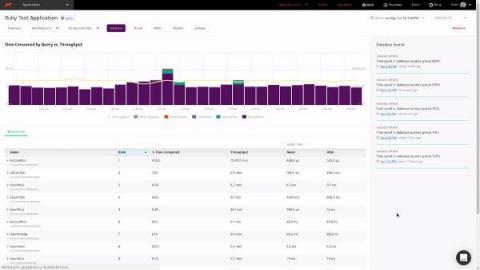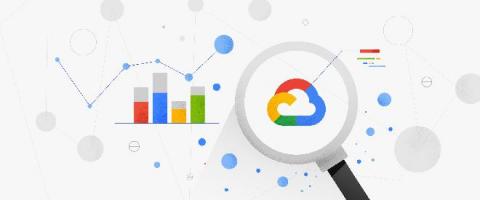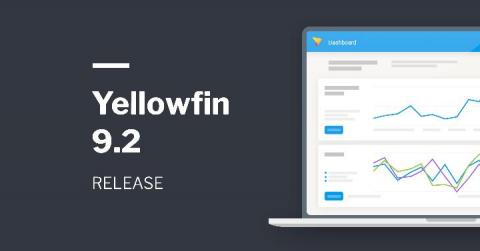Systems | Development | Analytics | API | Testing
%term
How to Use Kong Gateway With K3s For IoT and Edge Computing on Kubernetes
Once upon a time, we had these giant structures where thousands of people would congregate to share ideas, pamphlets filled to the margins with buzz words and cheap, branded t-shirts. Yep, tech conferences – oh what a relic of the past that I miss. It used to be part of my job to attend these.
A Deep Dive Into V8
A majority of front-end developers deal with this buzzword all the time: V8. A big part of its popularity is due to the fact that it led JavaScript to a new level of performance. Yes, V8 is very fast. But, how does it perform its magic and why is it so responsive? The official docs state that “V8 is Google’s open source high-performance JavaScript and WebAssembly engine, written in C++. It is used in Chrome and Node.js, among others”.
How to level up your team's skill set with John Sundell
In the third episode of our podcast, Mobile DevOps is a thing! , we talk to John Sundell. Join us as we discuss how mobile teams can level up their skills and benefit from test automation and continuous delivery.
Video: Database Optimization
Most modern web applications are heavily reliant on persisting data with relational databases, and so it’s no surprise that a large part of application performance monitoring relates to keeping an eye on database performance to ensure that our SQL queries are as efficient as possible. With this in mind, Scout features a Database Addon module, and in this video we are going to take a closer look at what it has to offer.
Genomics analysis with Hail, BigQuery, and Dataproc
At Google Cloud, we work with organizations performing large-scale research projects. There are a few solutions we recommend to do this type of work, so that researchers can focus on what they do best—power novel treatments, personalized medicine, and advancements in pharmaceuticals.
Building a genomics analysis architecture with Hail, BigQuery, and Dataproc
We hear from our users in the scientific community that having the right technology foundation is essential. The ability to very quickly create entire clusters of genomics processing, where billing can be stopped once you have the results you need, is a powerful tool. It empowers the scientific community to spend more time doing their research and less time fighting for on-prem cluster time and configuring software.
How to Extend Your ERP
Yellowfin 9.2 Release Highlights
In this release, we’ve focussed on providing exceptional capability for our customers - both enterprise and software companies - to create and deploy embedded analytics experiences that drive user adoption with minimum amount of effort and coding.
How Marketers Can Drive ROI from Customer Data Platforms
As first-party customer data continues to explode, companies have struggled to make it actionable for personalization, advanced analytics, and other business purposes. As a result, customer data platforms that consolidate and activate known customer information have emerged to help companies generate ROI from their data. At present, nearly 80% of marketing organizations already have a customer data platform or are developing one.











